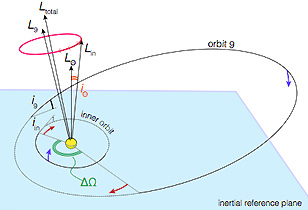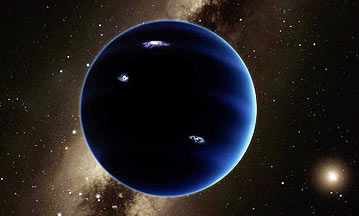“My first guess is that it'll be kind of like Neptune, but I don't know what it's going to look like.”
- Michael Brown, Ph.D., Prof. of Planetary Astronomy, Caltech


January 27, 2017 Pasadena, California - One year ago on January 29, 2016, I reported at my news website, Earthfiles.com, and my Coast to Coast AM radio broadcast, about a newly discovered ninth planet at the edges of our solar system. Michael Brown, Ph.D., Professor of Planetary Astronomy at Caltech in Pasadena, reported that a huge object ten to twenty times the mass of Earth was moving in a big looping orbit far beyond Pluto in the region between the Kuiper Belt and the Oort Cloud. Prof. Brown simply calls it “Planet 9.” The discovery has been like chasing a ghost. Whatever is out there, its mass is so great that its gravitational field pushes half a dozen other Kuiper Belt objects to cluster together on the opposite side of Planet 9's huge looping orbit.
Click here to subscribe and get instant access to read this report.
Click here to check your existing subscription status.
Existing members, login below:
© 1998 - 2025 by Linda Moulton Howe.
All Rights Reserved.

